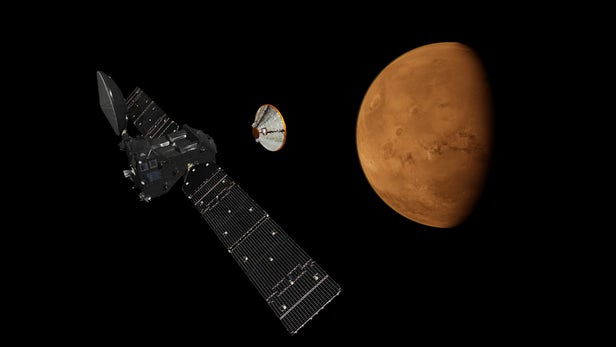
Breaking News
 2 Hours of Retro Sci-Fi Christmas Songs | Atomic-Age Christmas at a Snowy Ski Resort
2 Hours of Retro Sci-Fi Christmas Songs | Atomic-Age Christmas at a Snowy Ski Resort
 Alternative Ways to Buy Farmland
Alternative Ways to Buy Farmland
 LED lights are DEVASTATING our bodies, here's why | Redacted w Clayton Morris
LED lights are DEVASTATING our bodies, here's why | Redacted w Clayton Morris
Top Tech News
 Travel gadget promises to dry and iron your clothes – totally hands-free
Travel gadget promises to dry and iron your clothes – totally hands-free
 Perfect Aircrete, Kitchen Ingredients.
Perfect Aircrete, Kitchen Ingredients.
 Futuristic pixel-raising display lets you feel what's onscreen
Futuristic pixel-raising display lets you feel what's onscreen
 Cutting-Edge Facility Generates Pure Water and Hydrogen Fuel from Seawater for Mere Pennies
Cutting-Edge Facility Generates Pure Water and Hydrogen Fuel from Seawater for Mere Pennies
 This tiny dev board is packed with features for ambitious makers
This tiny dev board is packed with features for ambitious makers
 Scientists Discover Gel to Regrow Tooth Enamel
Scientists Discover Gel to Regrow Tooth Enamel
 Vitamin C and Dandelion Root Killing Cancer Cells -- as Former CDC Director Calls for COVID-19...
Vitamin C and Dandelion Root Killing Cancer Cells -- as Former CDC Director Calls for COVID-19...
 Galactic Brain: US firm plans space-based data centers, power grid to challenge China
Galactic Brain: US firm plans space-based data centers, power grid to challenge China
 A microbial cleanup for glyphosate just earned a patent. Here's why that matters
A microbial cleanup for glyphosate just earned a patent. Here's why that matters
 Japan Breaks Internet Speed Record with 5 Million Times Faster Data Transfer
Japan Breaks Internet Speed Record with 5 Million Times Faster Data Transfer
European Mars orbiter completes 11-month aerobraking maneuver

It has to be one of the slowest parking attempts ever made, but ESA's ExoMars Trace Gas Orbiter (TGO) has completed a daring maneuver that saw it surfing the outer layers of the Martian atmosphere for 11 months. The purpose of the exercise was to gradually lower the unmanned probe's trajectory to place it in a planet-hugging, near-circular orbit at an altitude of about 400 km (250 mi), allowing the spacecraft to begin its mission to study trace gases on Mars as well as act as a communications relay between Mars surface rovers and Earth.
Launched on March 14, 2016 atop a Proton-M rocket from the Baikonur Cosmodrome in Kazakhstan, the ExoMars Trace gas Orbiter arrived at Mars on October 19 of that year. However, the spacecraft was in a highly elliptical four-day orbit at an altitude ranging from 200 to 98,000 km (125 to 61,000 mi), which was completely unsuitable for its mission.

 $100 SILVER CONFIRMED?
$100 SILVER CONFIRMED?

